Many interesting phenomena in the sky are expected by Vietnamese astronomy lovers this October, notably the partial lunar eclipse and meteor shower.
The Hanoi Astronomical Society (HAS) has made predictions about interesting astronomical phenomena that will appear in Vietnam this October.
1. Draconids Meteor Shower (October 8 - 9)
The Draconids is a minor meteor shower that produces only about 10 meteors per hour. It is produced by dust particles left behind by comet 21P Giacobini-Zinner, which was first discovered in 1900.
The Draconids is an unusual meteor shower because the best time to see it is in the early evening rather than the early morning hours like most other meteor showers. The shower runs from November 6 to 10 every year and will peak this year on the night of October 8.
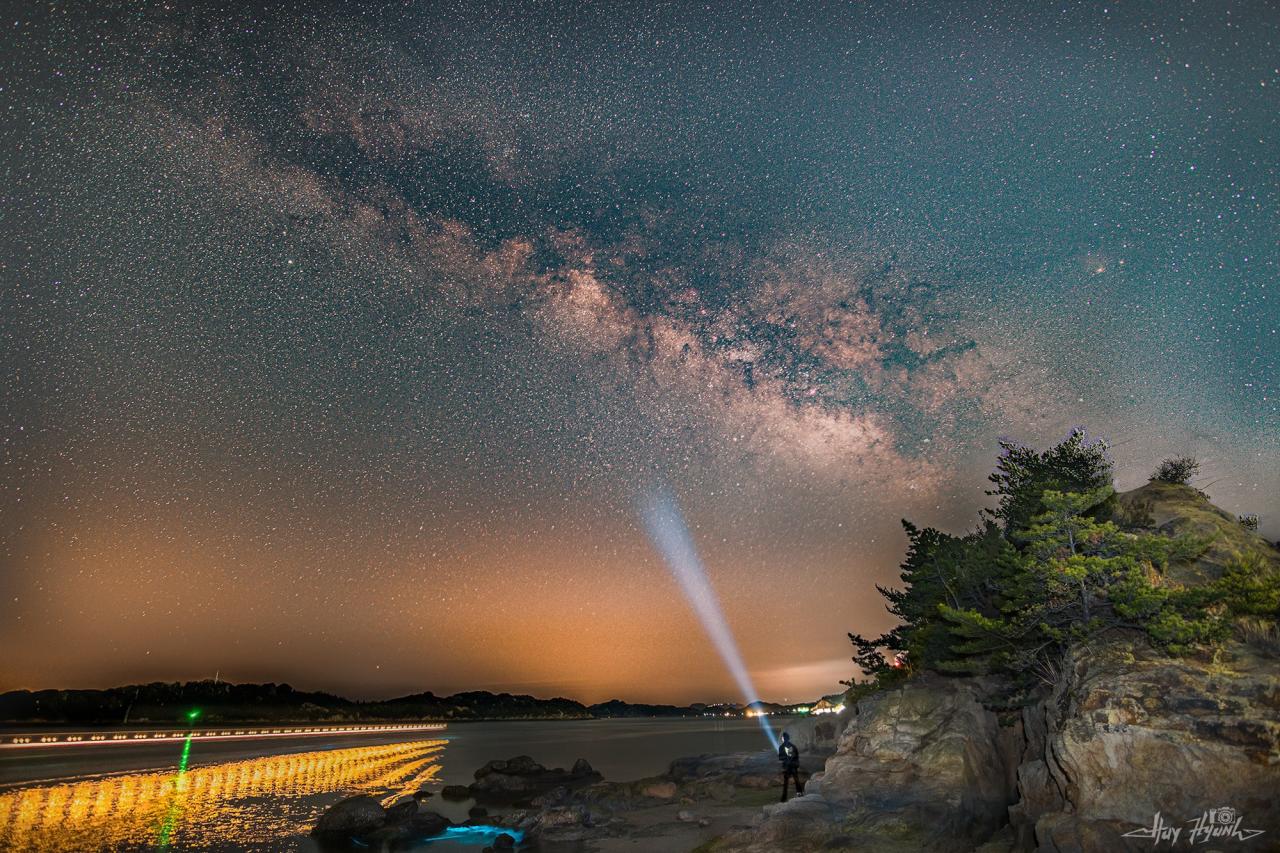
In October, the sky has many interesting astronomical phenomena.
HUY HYUNH
This year, the third quarter moon will rise early in the morning, but it won't be too disruptive. The best viewing will be in the early evening from a dark location away from city lights. The meteors will radiate from the constellation Draco, but can appear anywhere in the sky.
2. New Moon (October 15)
The moon will be on the same side of the Earth as the sun and will not be visible in the night sky. This phase occurs at 00:56. This is the best time to observe faint objects such as galaxies and star clusters because they will not be affected by moonlight.
3. Annular Solar Eclipse (October 15)
An annular solar eclipse occurs when the moon is far enough away from the earth to completely block the sun. This results in a ring of light around the moon's disk. The sun's corona cannot be seen during an annular eclipse.
The eclipse path will begin in the Pacific Ocean , off the southern coast of Canada, and move across the southwestern United States and Central America, Colombia, and Brazil. A partial eclipse will be visible across North and South America (not visible in Vietnam).
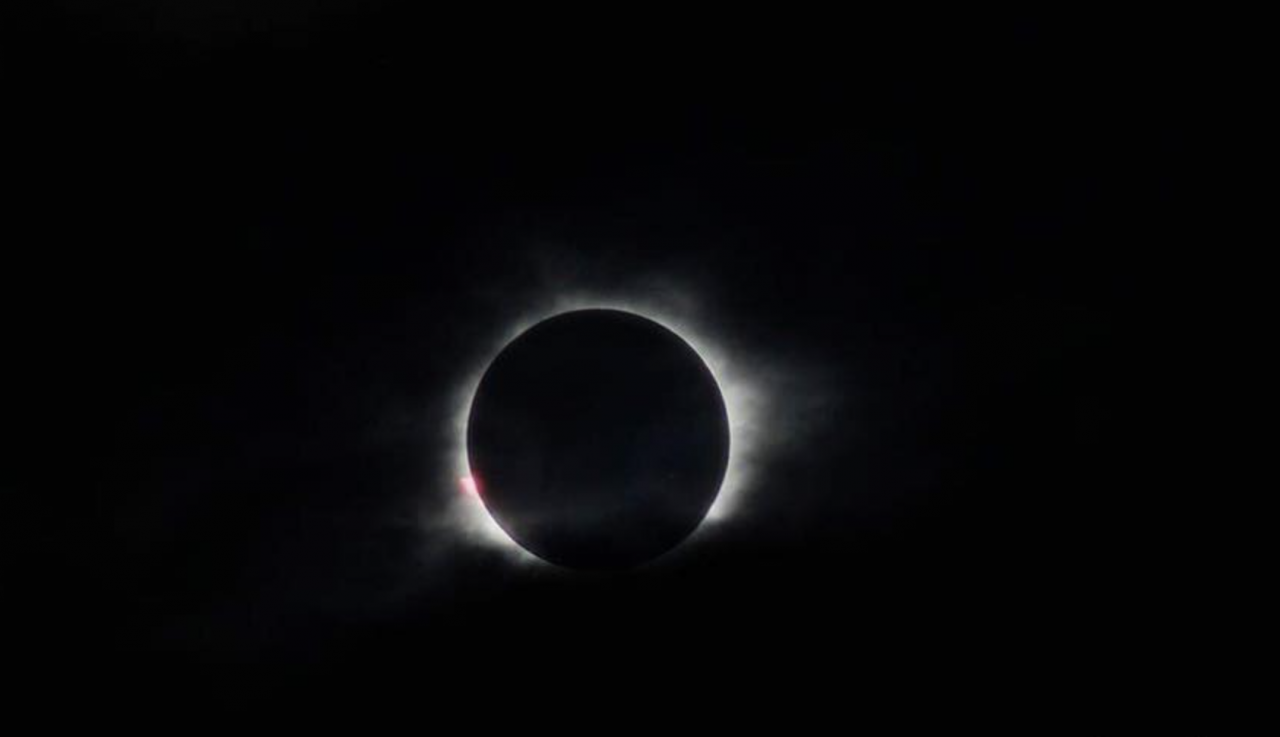
Solar and lunar eclipses usually occur in pairs.
VACA
4. Orionids Meteor Shower (October 20 - 21)
The Orionids is an average shower , producing up to 20 meteors per hour at its peak. It is produced by dust particles left behind by Halley's comet, which has been known and observed since ancient times. The shower runs annually from October 2 to November 7.
This year's shows peaks on the night of October 21. The first quarter moon of the month may obscure some evening meteors, but not too much. Best viewing will be from a dark location after midnight. Meteors will radiate from the constellation Orion but can appear anywhere in the sky.
5. Full moon, partial lunar eclipse (October 29)
A partial lunar eclipse occurs when the moon passes through a portion of the Earth's shadow, known as the penumbra, and only a portion of the moon passes through the darkest part, known as the umbra. During this type of eclipse, a portion of the moon will darken as it passes through the Earth's shadow. The eclipse will be visible across Europe, Asia, Africa, and western Australia.
Thanhnien.vn








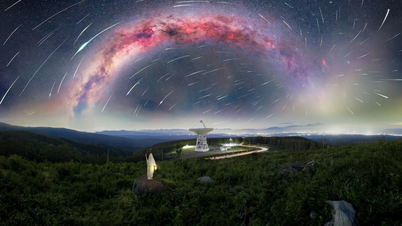
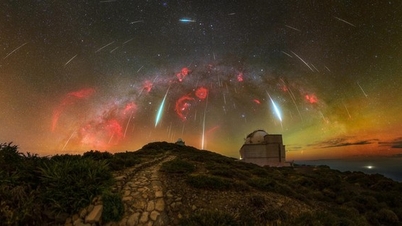

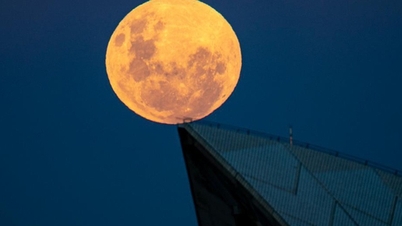
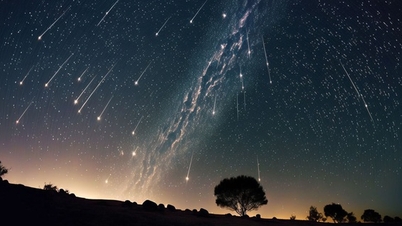

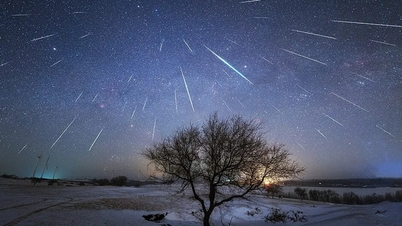


















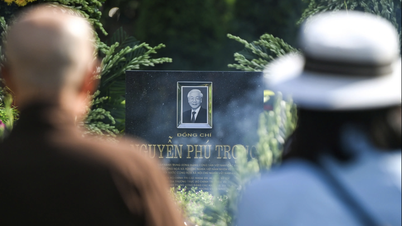
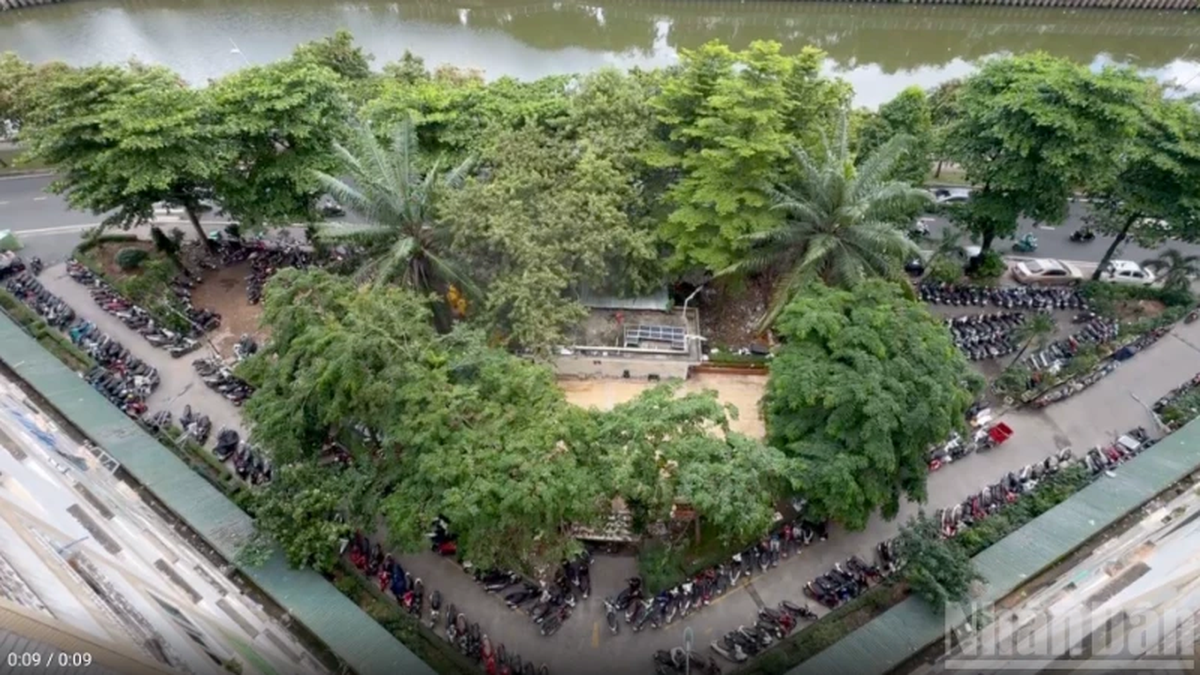

































































Comment (0)